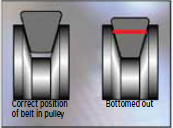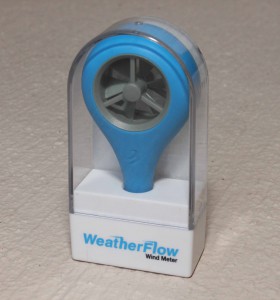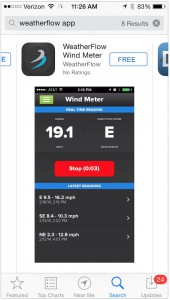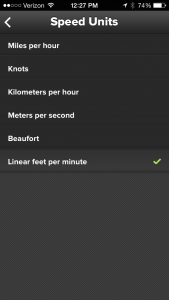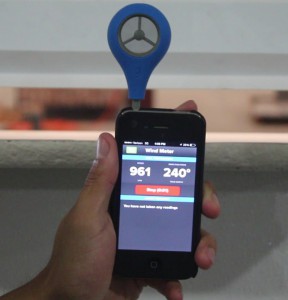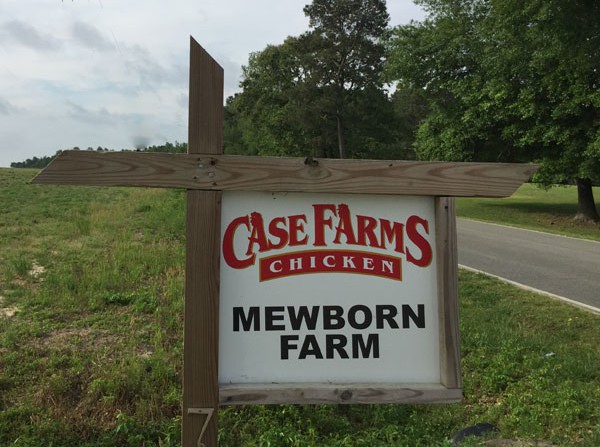
Mewborn farm entrance sign
“These chicken houses are my family’s life; they’re our investment,” stated Wesley Mewborn. “As a new grower, I trusted the folks at Hog Slat to provide the right equipment and follow up service. So far, they haven’t let me down.”
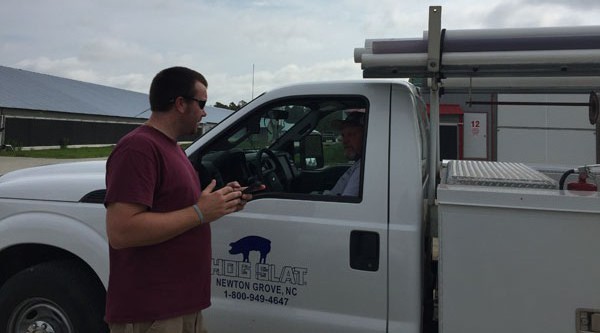
Wesley with Hog Slat service tech Dewayne Dunn
After spending 13 years in the retail hardware business, Wesley, and his wife, Robin purchased land near Kenansville, NC and constructed six, 46′ x 600′ broiler houses in Oct 2014.
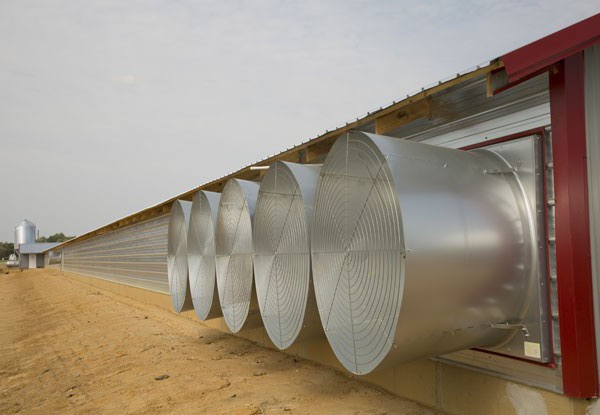
52″ Windstorm Fans
A Hired Hand 4000 computer controls a total of 14 52″ galvanized Windstorm fans in each house along with winter air inlets. The arrival of warm weather begins the transition to evaporative cooling by opening the tunnel curtains and powering on the EVAP Cooling system.
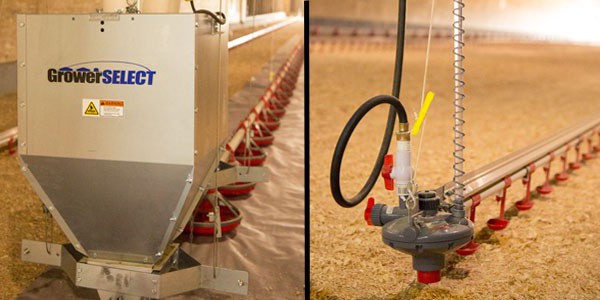
GrowerSELECT feed line and Plasson drinker line.
The houses feature two GrowerSELECT feed lines using Classic Flood pan feeders with extended fins. Water is provided by four drinker lines regulated with a Plasson Water-On-Demand system.
“Raising chickens really just comes down to providing good air, feed, and water,” Wesley explained. “The more time you spend in the houses making sure that happens, the better the final results. The equipment in my houses provide me with the tools to be successful.”
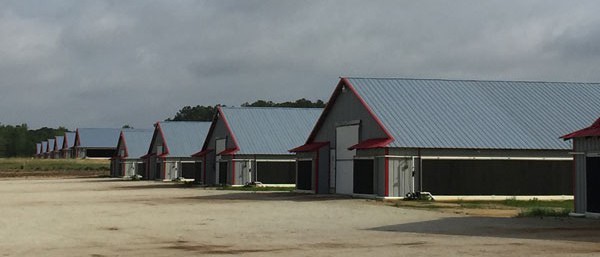
Farm with recent six house addition in the background.
This spring, the Mewborn family added six more broiler houses to the farm. “We really didn’t change much,” Wesley said, “other than moving the brood area to the middle.” We plan on installing the Hired Hand Farm Manager system to provide real-time remote monitoring. It will give me the ability to check conditions in the houses and even make changes when I’m not there. It ties into the Farm Alarm and notifies me when there’s a problem.”
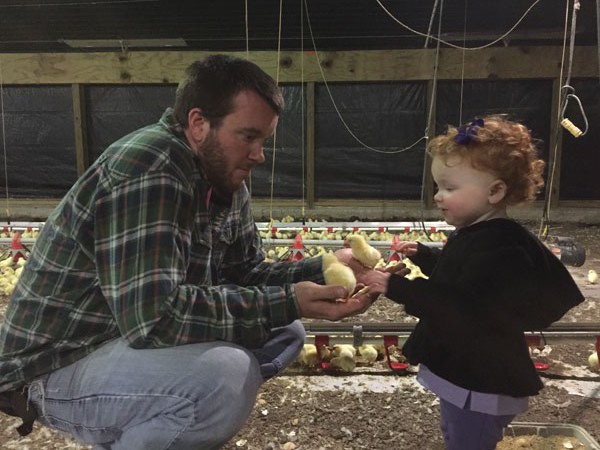
Wesley and Macy
“Chicken farming is a great lifestyle for a family. My kids, Layla and Macy, come to the farm every day, and that means a lot. Robin and I feel like we are building a good business and good family.”












 Україна
Україна Méjico
Méjico
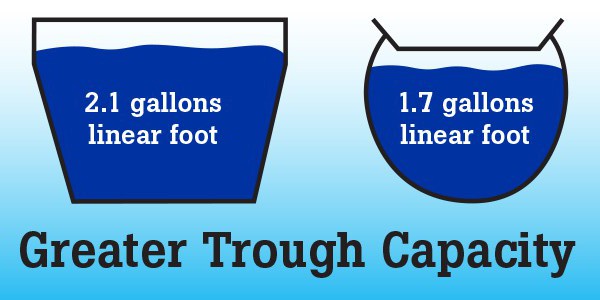
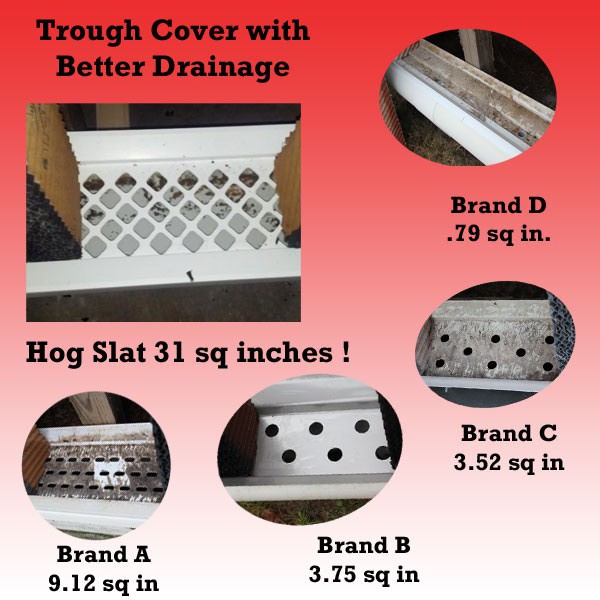
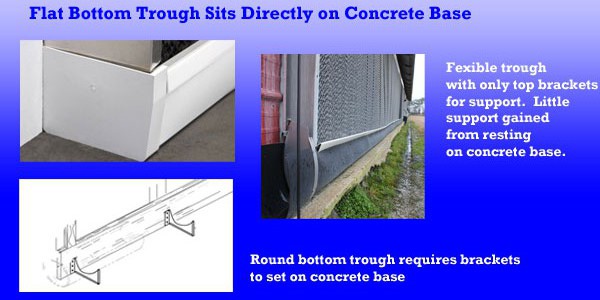
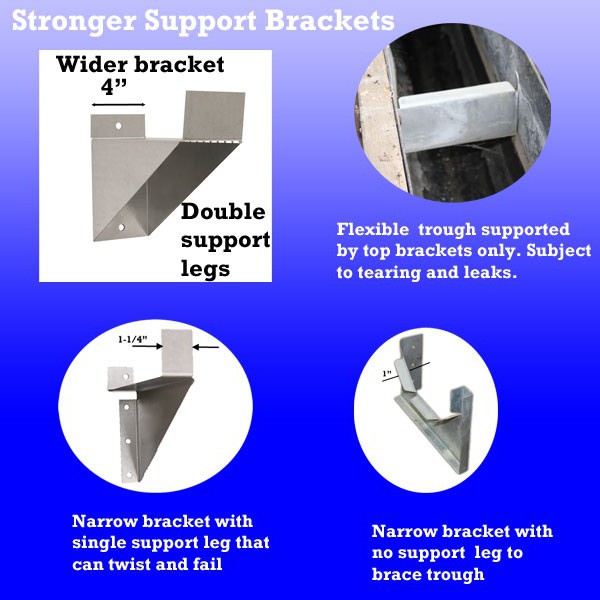
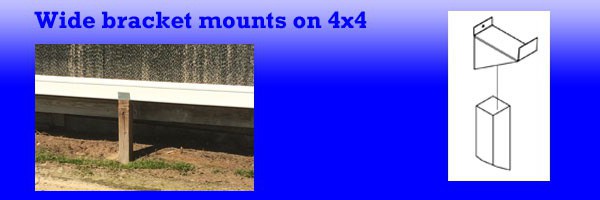
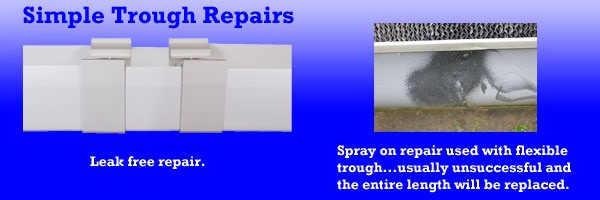



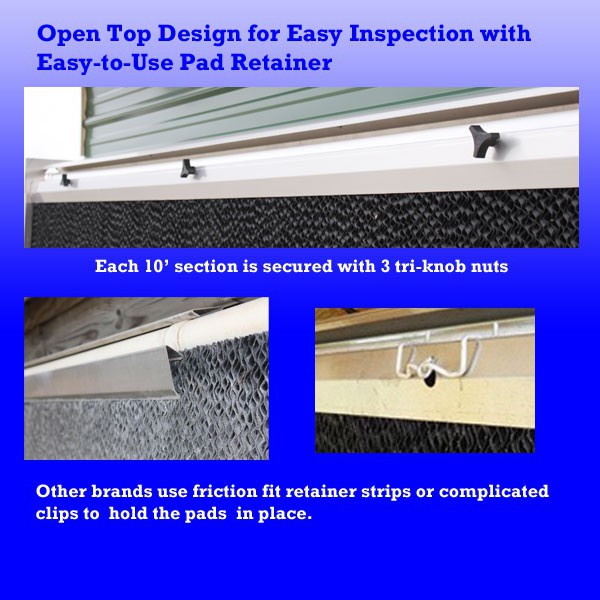
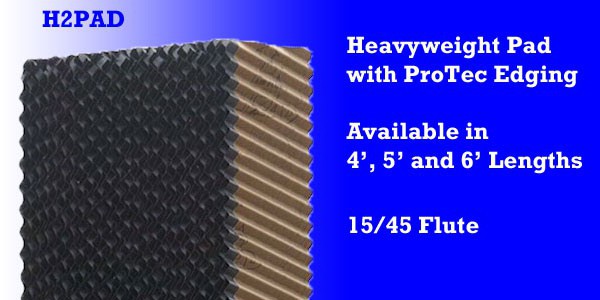

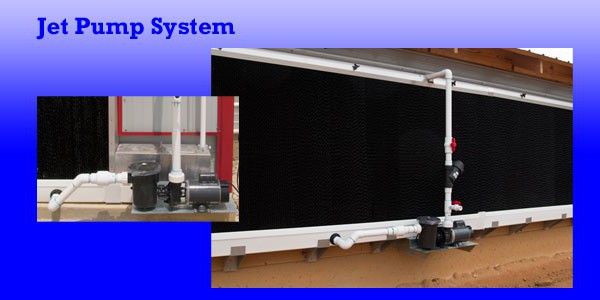
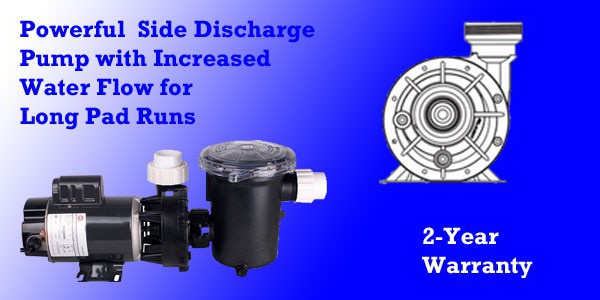
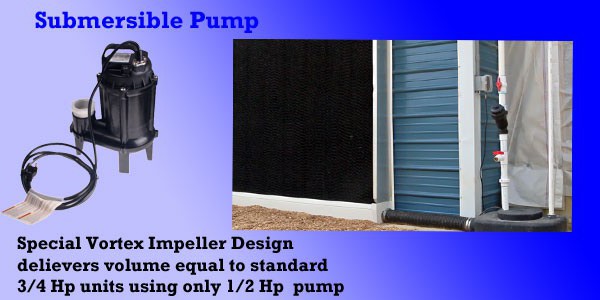
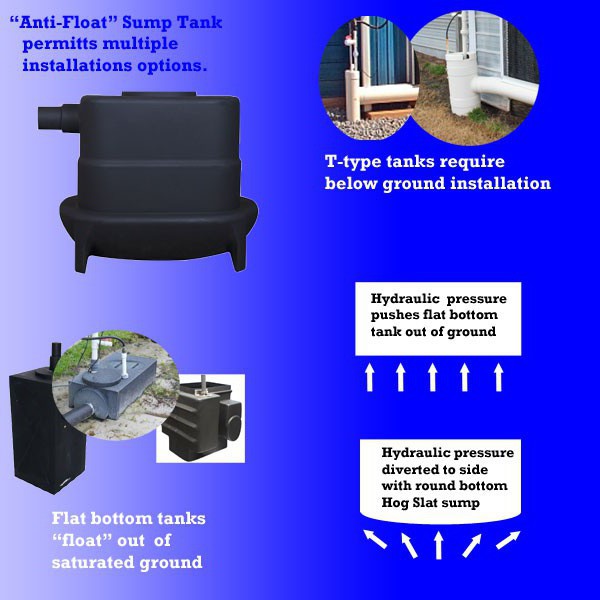

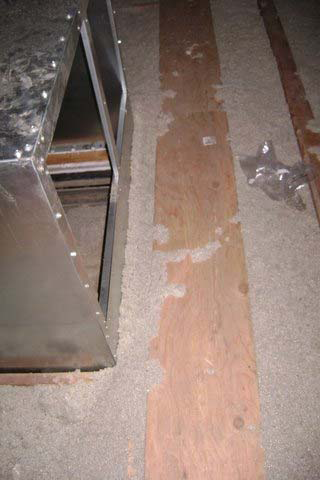

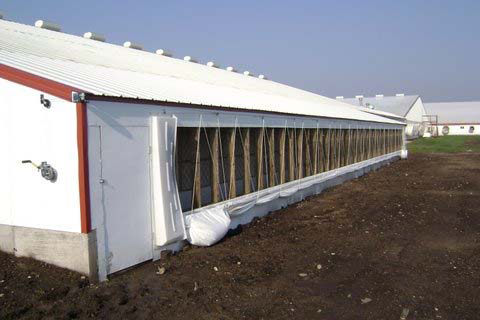
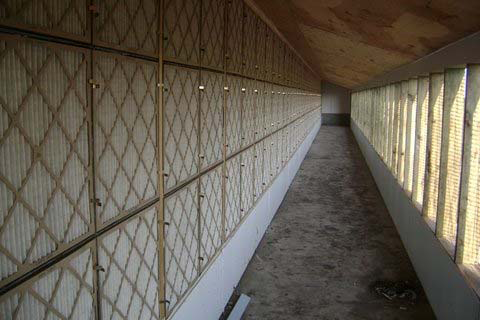
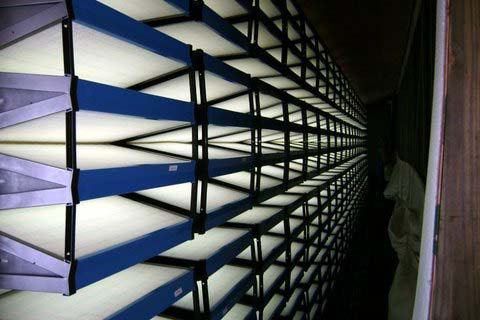
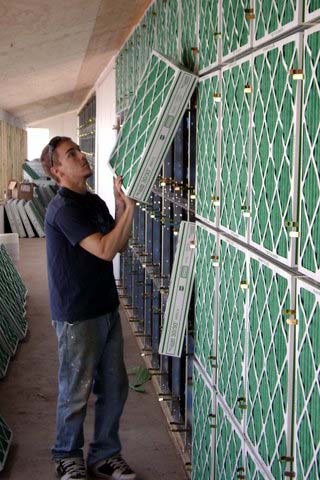
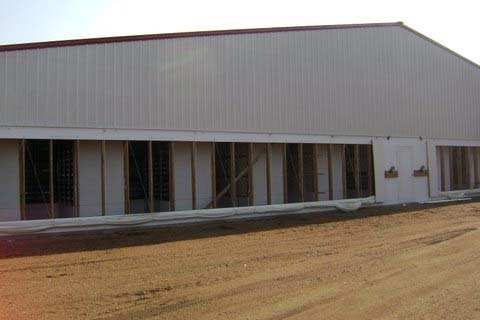

 the descaler agents listed above or Grower Select’s Kool-Cell Kleen.
the descaler agents listed above or Grower Select’s Kool-Cell Kleen.